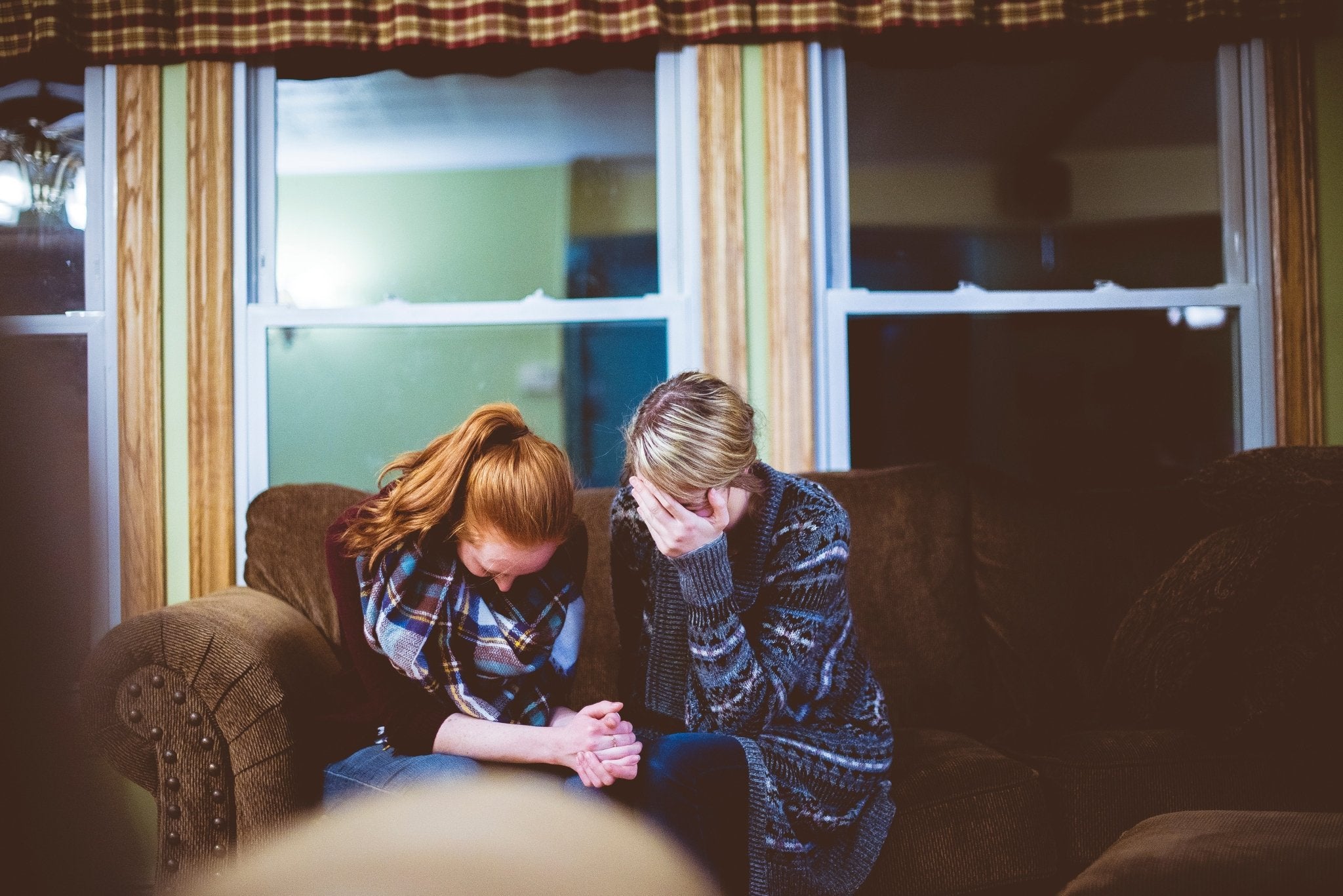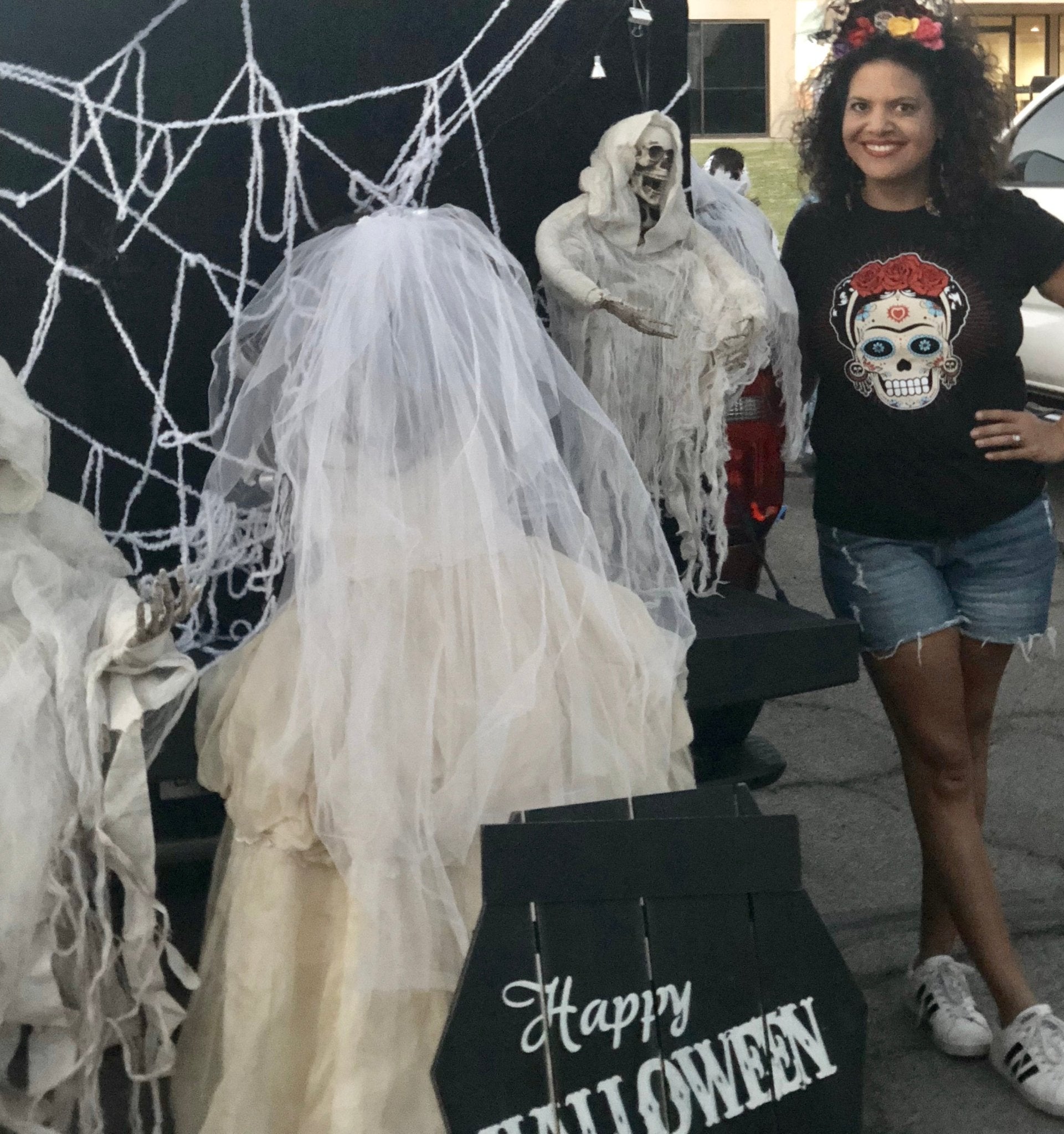
Talking to your kids about mass shootings
 Thousand Oaks, CA: Talking to Your Kids About Mass Shootings
Thousand Oaks, CA: Talking to Your Kids About Mass Shootings
I woke up Thursday morning to the horrible news that another mass shooting happened, and this time it was closer to home. Thousand Oaks is not too far of a drive from my Los Angeles home and all I could focus on was that it was College Night. So many victims were young adults, starting their college careers, living their lives. So many parents devastated thinking their child just went to have a fun night of line dancing. I dreaded walking into my college classroom in case one of my students knew a victim. Mostly, I just spent a little time thinking of how would I address my morning class to make sure they took care of themselves as more and more news came in. As a psychologist, I also made sure to have a little explanation about how hospitalizations for mental instability occur, since the shooter was assessed but never hospitalized.
The same way I was planning to talk to my students, I realized parents all over the country might be trying to talk to their kids about what happened. They may not know what to say or whether they should address such horrific violence with their child. There is no way to have all the answers, but it is important to open the dialogue. Reality tells us there will be more mass shootings and allowing kids and teens to have a place to hash out their confusion, fears and helplessness at home will give them strength to deal with the next one and a sense of safety in the midst of chaos. The points I’m making below apply mostly to the Thousand Oaks shooting, but many of the topics below apply to many of the shootings in our nation’s recent history.
Loneliness and Pain are a lethal mix
Kids need to understand first, that all humans will go through some pretty serious pain. Pain happens when we’re young and when we’re older. Ask your child about some pain they’ve felt in their lives. Death of a pet, divorce, getting rejected by peers. Help them understand that some people will experience pain that will be so overwhelming that they will wonder when it will stop or how they can survive it. Pain is just a part of life, but we can argue some people get more than their fair share.
Kids can also think about how when they keep their pain to themselves, it often feels worse. They will easily be able to understand that talking to their friends and family sometimes helps the pain feel better. Showing kids that pain feels worse when we’re alone is key. They can connect being in pain with having a shorter tempter, being mean to others and crying more easily. They can then start to understand that this shooter and many other mass shooters were in considerable amounts of pain for a long time which just let their anger and sadness get more and more intense.
Mentally Ill People Look “Normal”
Many (if not all) of our mass shooters have a history of mental illness and the shooter in Thousand Oaks is no different. From pictures that surface and interviews with those who knew him, it may look like he was a “normal” person. Help your child understand that normal can be a misleading word and that people with mental illness do not look “sick.” They should understand that mental illness is a problem of emotions, and emotions are not seen. They interact with people who have psychological diagnoses every day, but a very small percentage will resort to violence or homicide. When the news says a shooter was mentally ill, we should not then be scared of people with mental illness. In fact, being scared of mental illness is part of the reason we don’t see people getting the help they need. We shame them and make people think that their suffering is a sign of weakness or proof they are not as good as others. This makes them stay alone in their pain, which we already know is a bad mix. Mental illness is complex and getting help is hard. Kids need to understand that their attitudes and acceptance of people who are different or suffering is a key part of helping people to stop being alone in their pain.
Family Support Plan
I hate to even type this, but perhaps the same way families are encouraged to have safety plans in the case of earthquakes, maybe it’s time we should have family safety plans to prepare for emotionally devastating times. What will the family do for each other when one of them is in pain? When big brother’s girlfriend breaks up with him, how will the family support him? When mom loses her job, how will the family rally behind her? Will we text big brother funny gifs while he spends some time alone in his room? Will we make mom her favorite snack or write her homemade cards of love and encouragement? This is the time to make a family pact that when anyone finds out a family member is suffering, they will not leave them alone. They will continue to show love, offer support and try to get them the help they need. This is a way to help a child feel safe in the wake of another mass shooting. They can feel a sense of security that their family pact means they will not suffer alone. As your kids learn and practice coping with difficulties and trials in their life, a sense that others will always be there to help them up when they fall will add confidence to their ability to survive outside of the home.
There is always more good than bad
After any tragedy, I think it is always a good practice to help our kids see that there are always more people doing good than doing bad. Where there is one mass shooter, there are many first responders that rush in to rescue others. There are family, friends and neighbors that offer support. There are activists who fight for solutions. There are artists who use their creativity to help us process our pain. There are fundraisers with thousands of donors. There are candlelight vigils with thousands of people present. Help your kids see past the one shooter to all the thousands of people who show up in response. Ask them how they’d like to be part of the good, how they want to respond with support. This will help them feel less helpless and afraid. They can hold on to some trust in humanity and that, even when horrific things happen, people really do come forward to support one another.
Dr. Jenn is a clinical psychologist specializing in kids, teens and their parents. She is a tenured psychology instructor and has a private practice in Los Angeles. Dr. Jenn is passionate about her work with parents to improve their communication and understanding of their child or teen.
www.drjennpsych.com




1 comment
I have wondered how to bring this topic up to my son who is 10 years old. The TO shooting hits too close to home. We recently lost a cat and he is very emotional over that. He has friends now who are evacuating because of the fires and I don’t want to scare him but he needs to know that some things in life are out of our control but if we stick together as a family, we will be okay. And he needs to communicate with us at all times about his feelings. The article has good pointers…
BETH KOODISH
Leave a comment
This site is protected by hCaptcha and the hCaptcha Privacy Policy and Terms of Service apply.